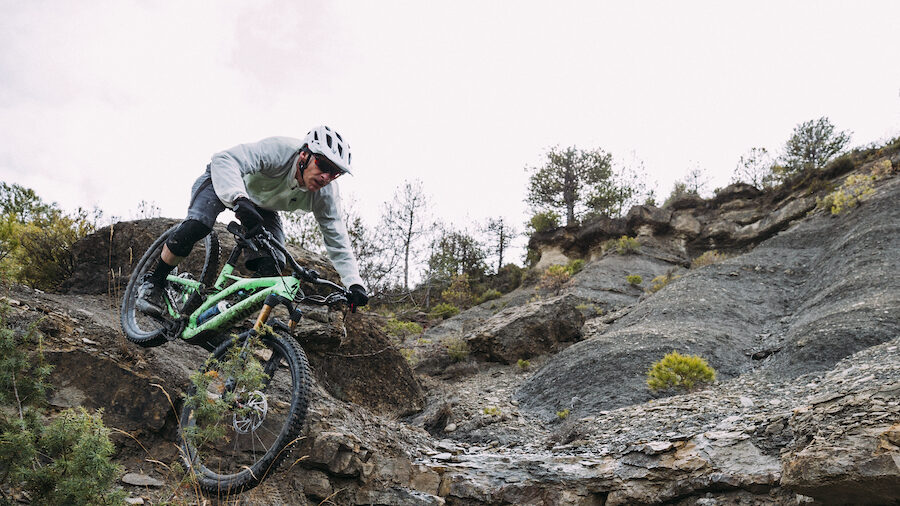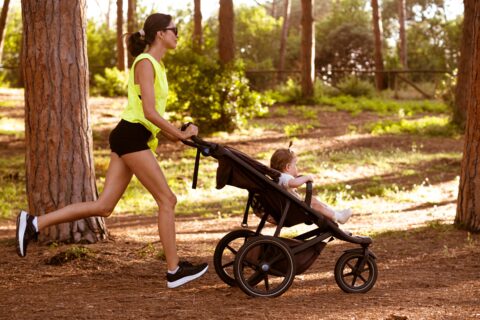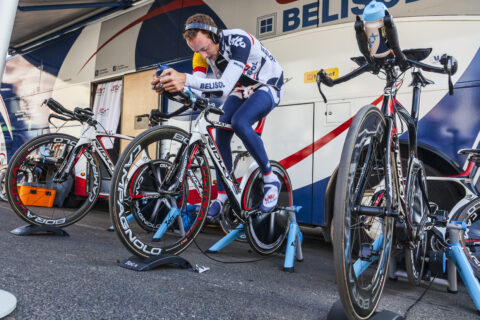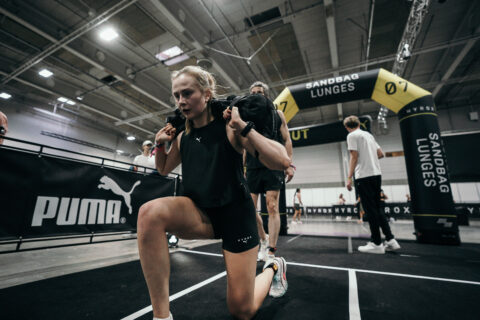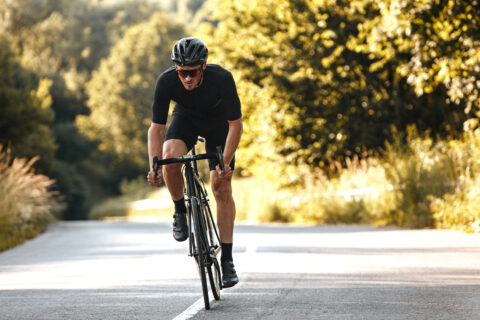Getting older doesn’t have to equate to getting slower. We chat with two world champion athletes who share their secrets of success when it comes to slowing the aging process.
Getting older doesn’t have to equate to getting slower. We chat with two world champion athletes who share their secrets of success when it comes to slowing the aging process.
